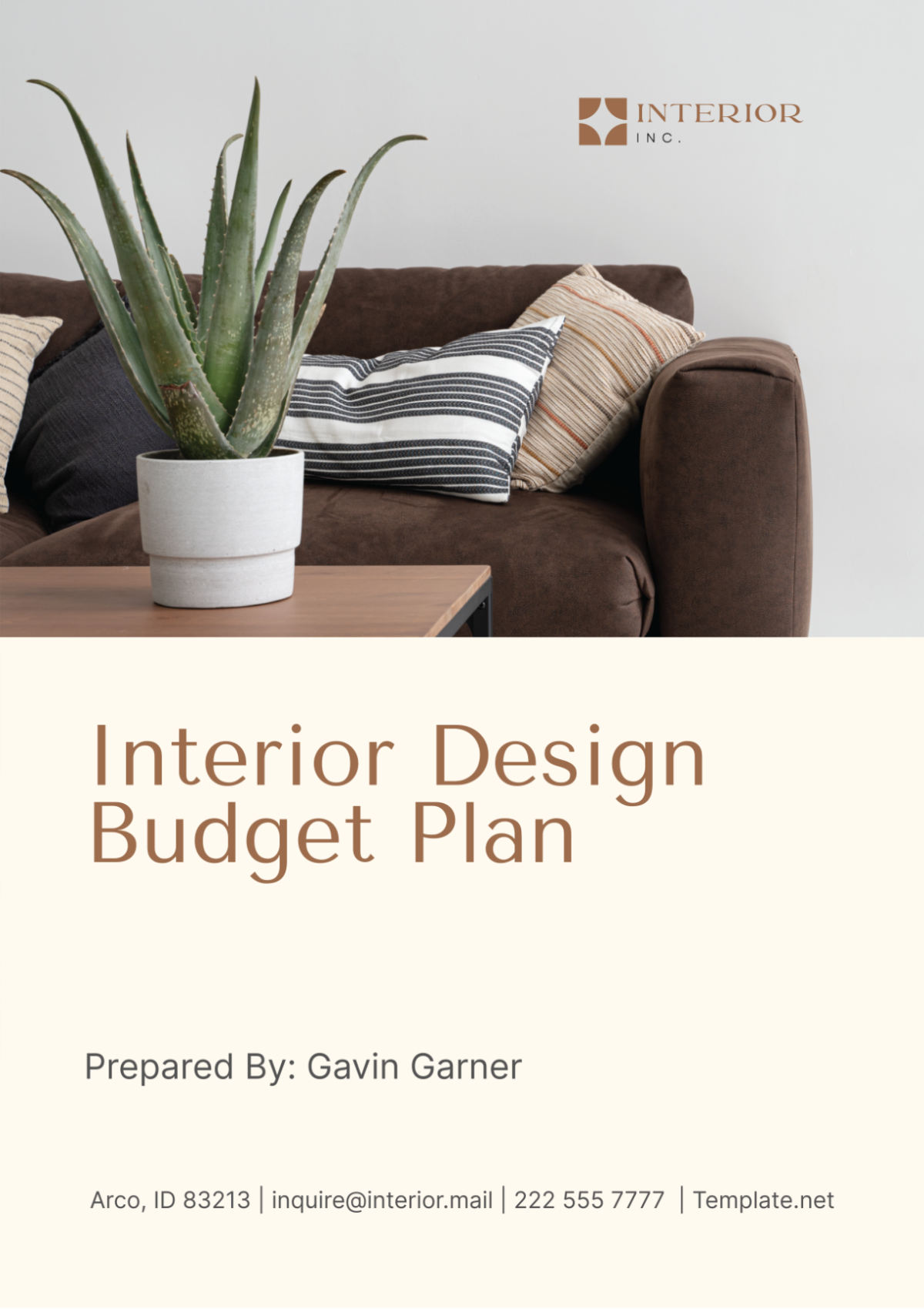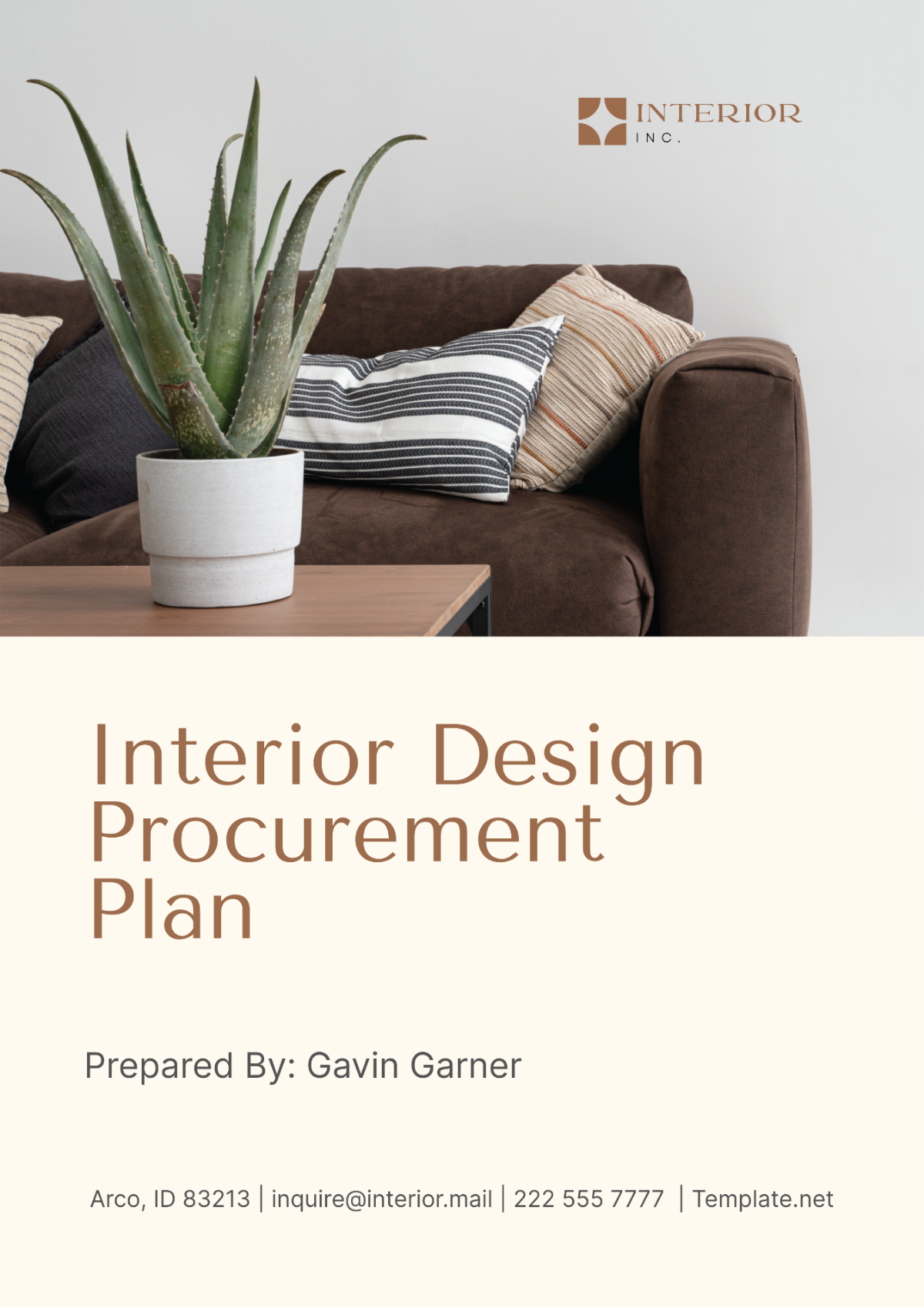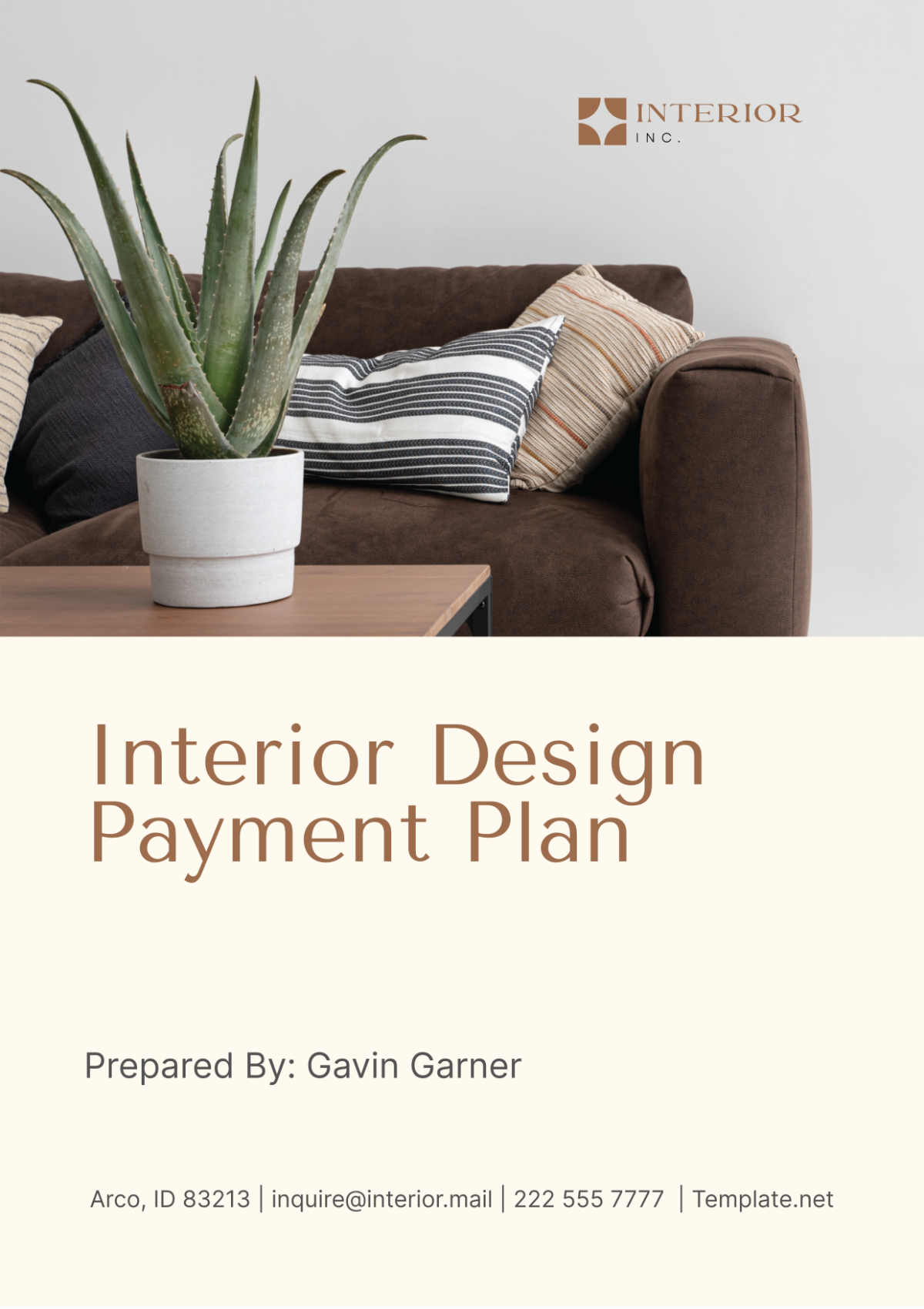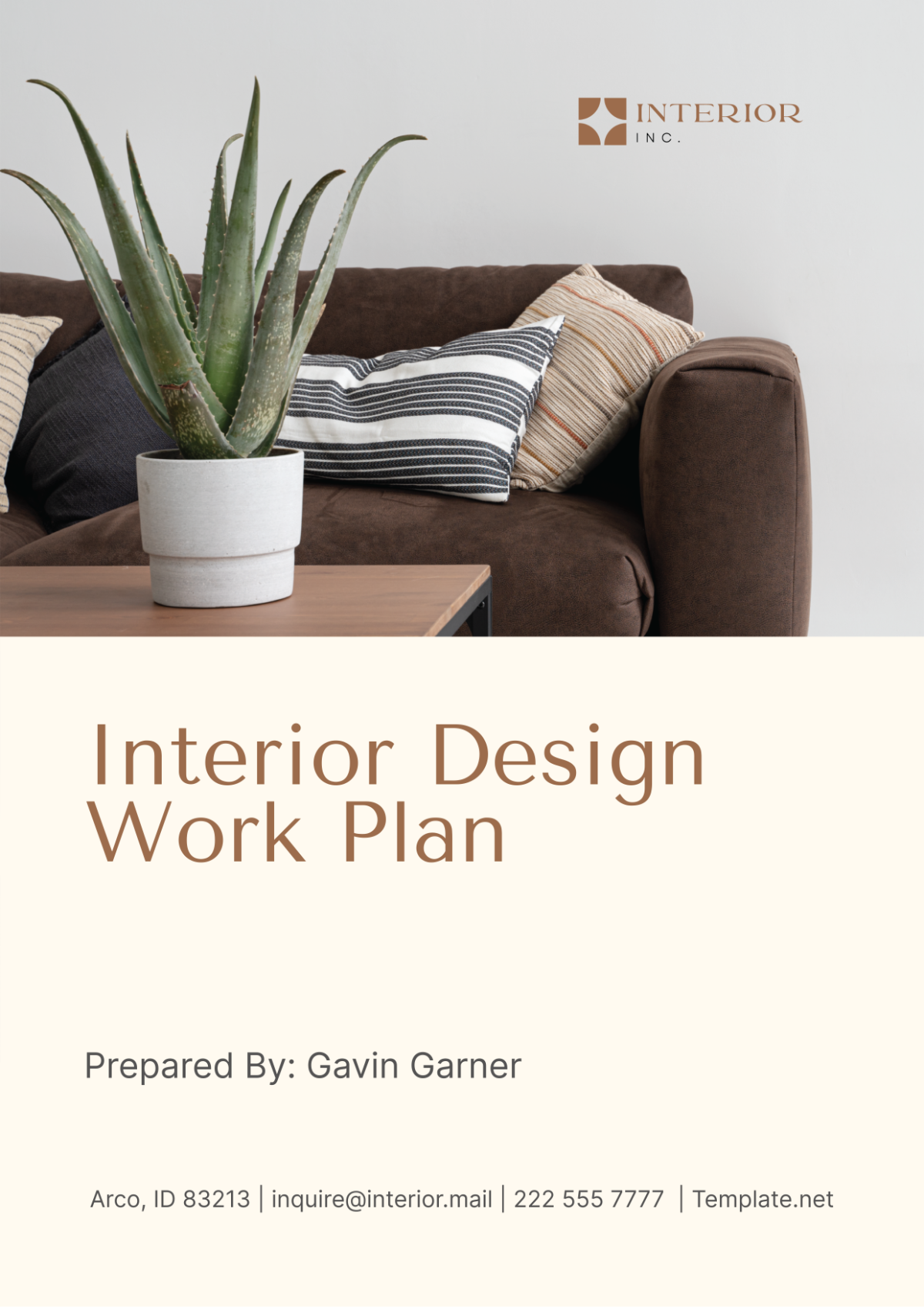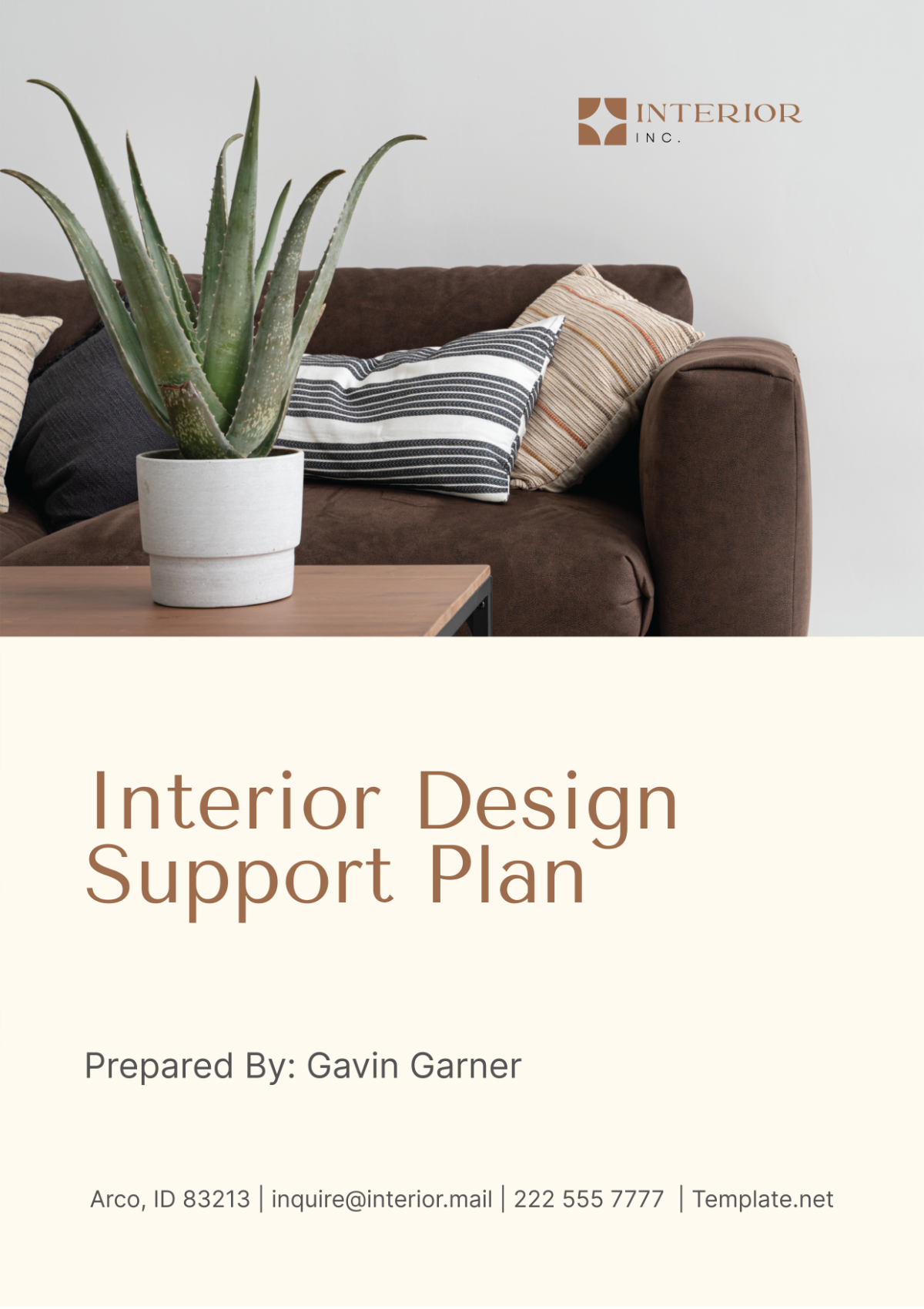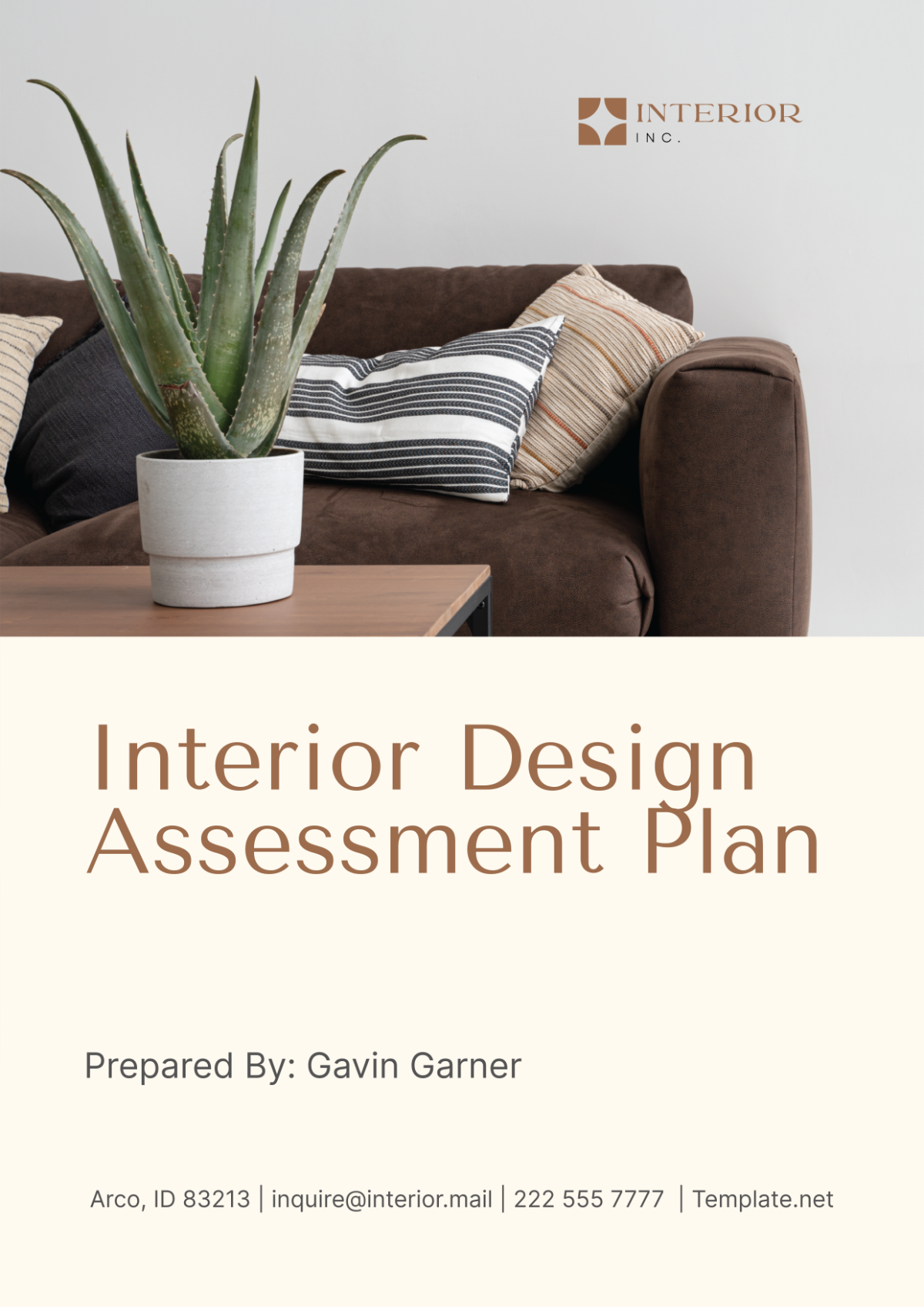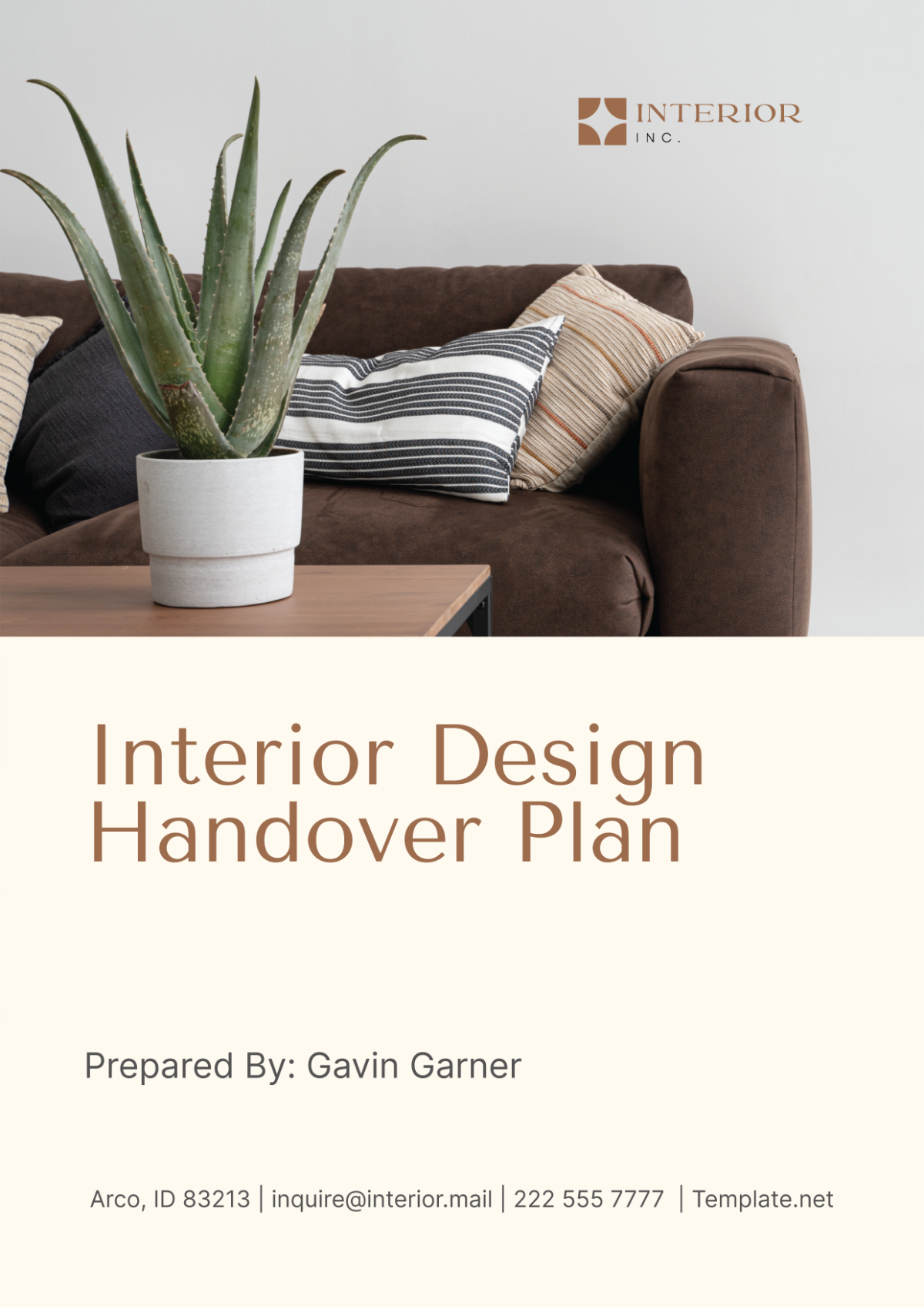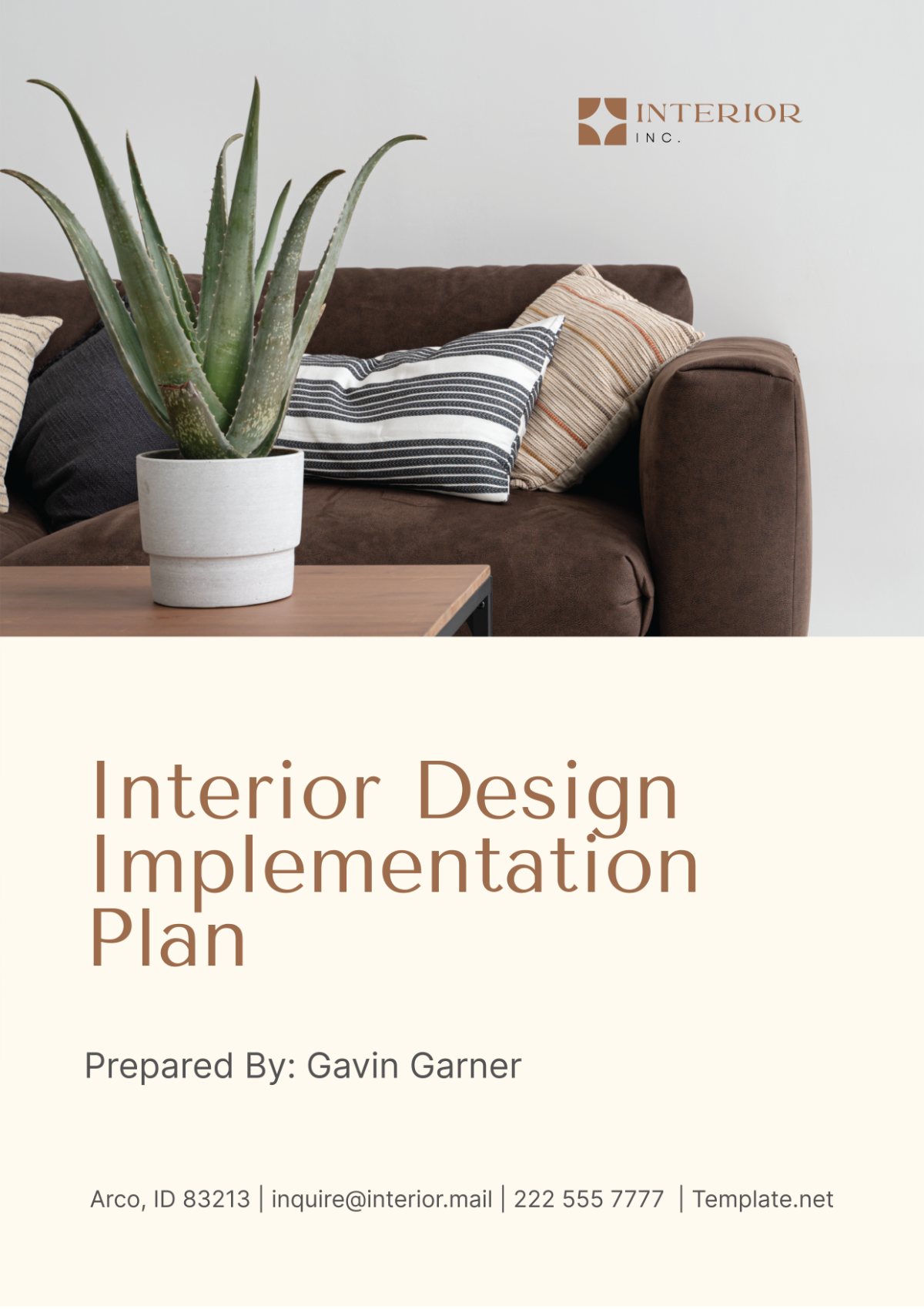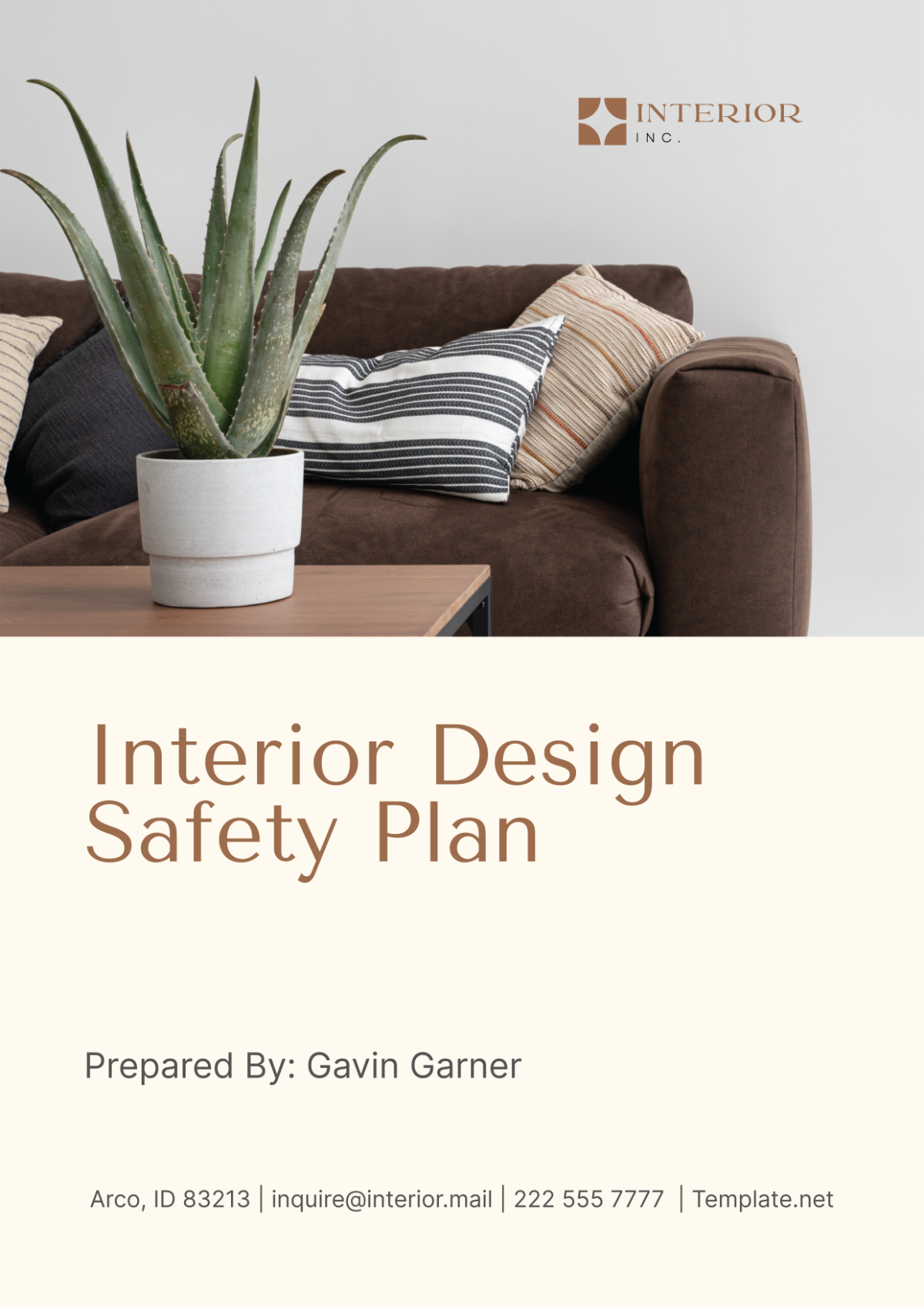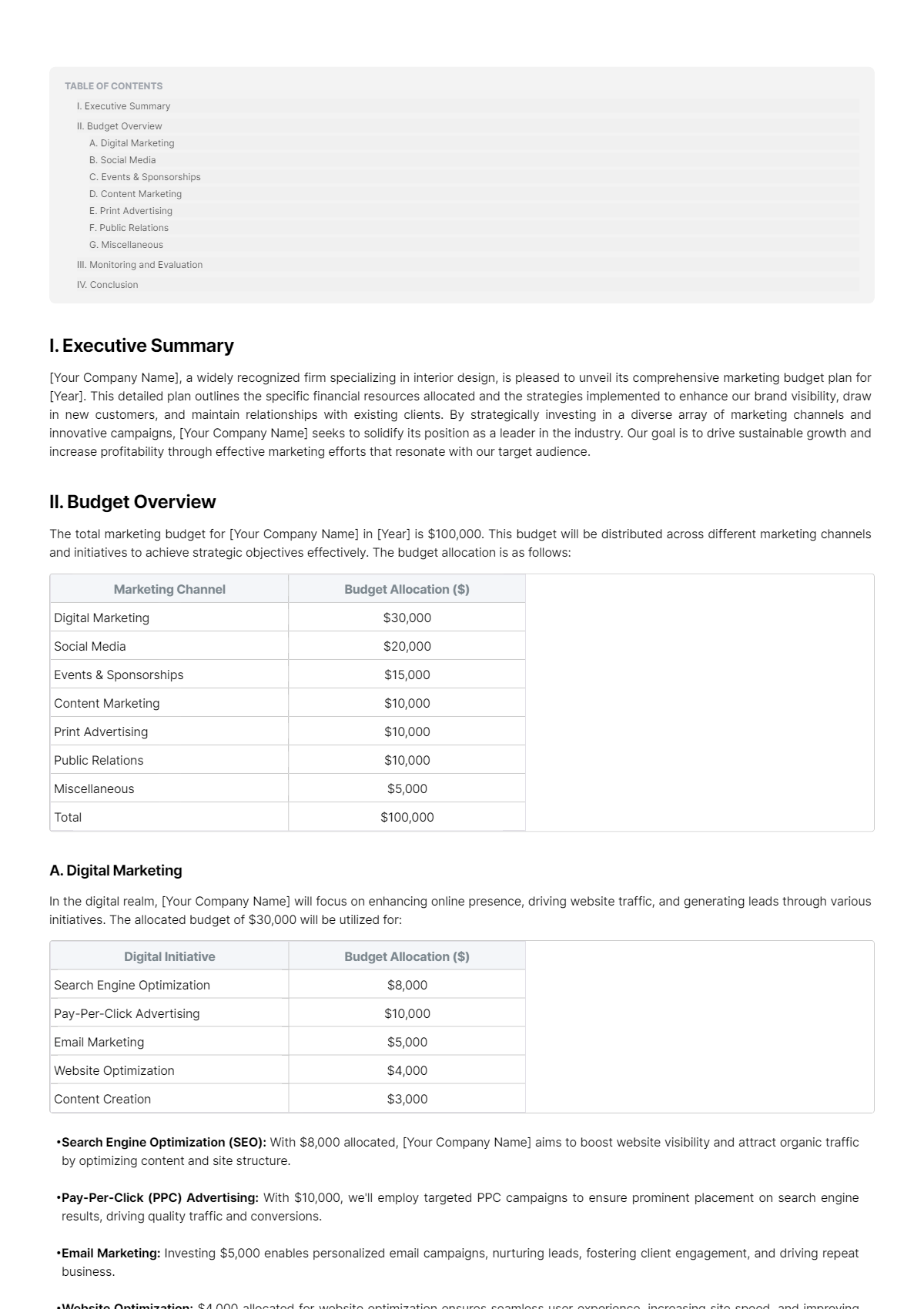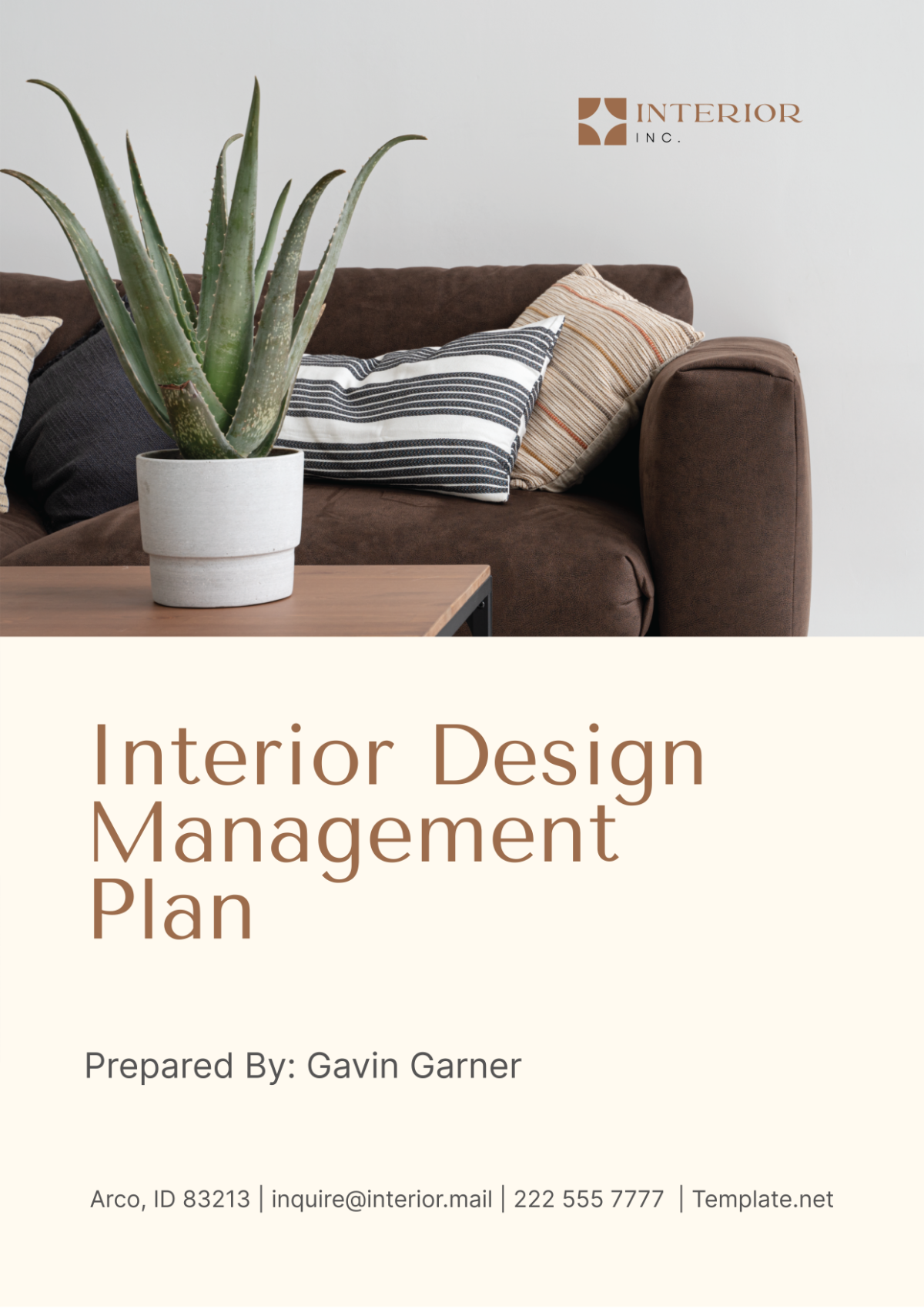Free Interior Design Cost Reduction Plan
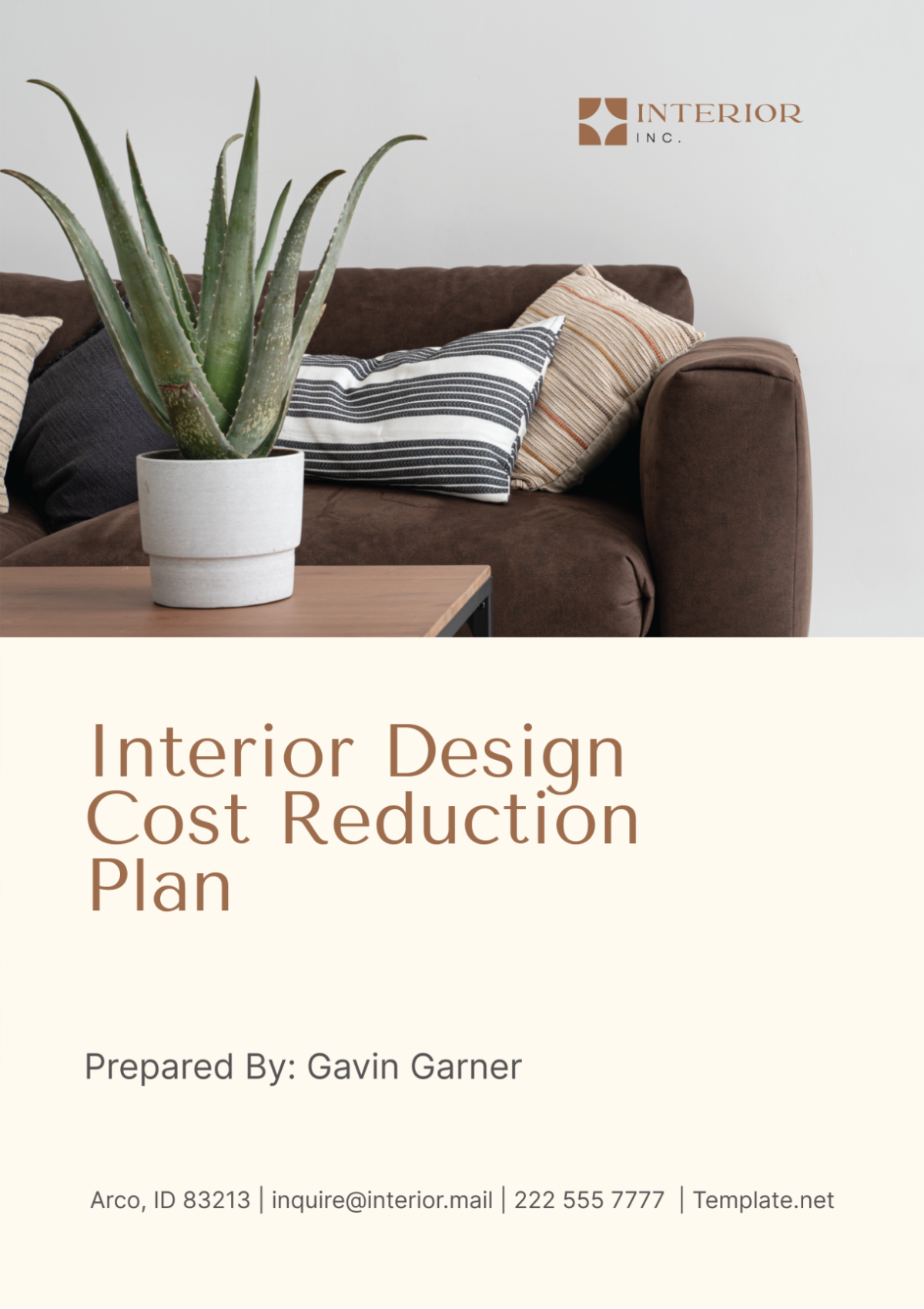
- 100% Customizable, free editor
- Access 1 Million+ Templates, photo’s & graphics
- Download or share as a template
- Click and replace photos, graphics, text, backgrounds
- Resize, crop, AI write & more
- Access advanced editor
Reduce project costs effectively with Template.net's Interior Design Cost Reduction Plan Template. This customizable and editable template, powered by our AI Editor Tool, guides designers in identifying and implementing cost-saving measures without compromising design quality. Ideal for maximizing budget efficiency and enhancing project profitability.
You may also like
- Finance Plan
- Construction Plan
- Sales Plan
- Development Plan
- Career Plan
- Budget Plan
- HR Plan
- Education Plan
- Transition Plan
- Work Plan
- Training Plan
- Communication Plan
- Operation Plan
- Health And Safety Plan
- Strategy Plan
- Professional Development Plan
- Advertising Plan
- Risk Management Plan
- Restaurant Plan
- School Plan
- Nursing Home Patient Care Plan
- Nursing Care Plan
- Plan Event
- Startup Plan
- Social Media Plan
- Staffing Plan
- Annual Plan
- Content Plan
- Payment Plan
- Implementation Plan
- Hotel Plan
- Workout Plan
- Accounting Plan
- Campaign Plan
- Essay Plan
- 30 60 90 Day Plan
- Research Plan
- Recruitment Plan
- 90 Day Plan
- Quarterly Plan
- Emergency Plan
- 5 Year Plan
- Gym Plan
- Personal Plan
- IT and Software Plan
- Treatment Plan
- Real Estate Plan
- Law Firm Plan
- Healthcare Plan
- Improvement Plan
- Media Plan
- 5 Year Business Plan
- Learning Plan
- Marketing Campaign Plan
- Travel Agency Plan
- Cleaning Services Plan
- Interior Design Plan
- Performance Plan
- PR Plan
- Birth Plan
- Life Plan
- SEO Plan
- Disaster Recovery Plan
- Continuity Plan
- Launch Plan
- Legal Plan
- Behavior Plan
- Performance Improvement Plan
- Salon Plan
- Security Plan
- Security Management Plan
- Employee Development Plan
- Quality Plan
- Service Improvement Plan
- Growth Plan
- Incident Response Plan
- Basketball Plan
- Emergency Action Plan
- Product Launch Plan
- Spa Plan
- Employee Training Plan
- Data Analysis Plan
- Employee Action Plan
- Territory Plan
- Audit Plan
- Classroom Plan
- Activity Plan
- Parenting Plan
- Care Plan
- Project Execution Plan
- Exercise Plan
- Internship Plan
- Software Development Plan
- Continuous Improvement Plan
- Leave Plan
- 90 Day Sales Plan
- Advertising Agency Plan
- Employee Transition Plan
- Smart Action Plan
- Workplace Safety Plan
- Behavior Change Plan
- Contingency Plan
- Continuity of Operations Plan
- Health Plan
- Quality Control Plan
- Self Plan
- Sports Development Plan
- Change Management Plan
- Ecommerce Plan
- Personal Financial Plan
- Process Improvement Plan
- 30-60-90 Day Sales Plan
- Crisis Management Plan
- Engagement Plan
- Execution Plan
- Pandemic Plan
- Quality Assurance Plan
- Service Continuity Plan
- Agile Project Plan
- Fundraising Plan
- Job Transition Plan
- Asset Maintenance Plan
- Maintenance Plan
- Software Test Plan
- Staff Training and Development Plan
- 3 Year Plan
- Brand Activation Plan
- Release Plan
- Resource Plan
- Risk Mitigation Plan
- Teacher Plan
- 30 60 90 Day Plan for New Manager
- Food Safety Plan
- Food Truck Plan
- Hiring Plan
- Quality Management Plan
- Wellness Plan
- Behavior Intervention Plan
- Bonus Plan
- Investment Plan
- Maternity Leave Plan
- Pandemic Response Plan
- Succession Planning
- Coaching Plan
- Configuration Management Plan
- Remote Work Plan
- Self Care Plan
- Teaching Plan
- 100-Day Plan
- HACCP Plan
- Student Plan
- Sustainability Plan
- 30 60 90 Day Plan for Interview
- Access Plan
- Site Specific Safety Plan
1. Introduction
A. Objective
The primary objective of this cost reduction plan is to systematically decrease expenditures in the interior design projects managed by [Your Company Name], without compromising on the quality and creativity that are the hallmarks of our brand. This initiative is aligned with our strategic goal of enhancing profitability while maintaining customer satisfaction and adherence to design standards.
B. Scope
This plan covers all aspects of interior design costs, including material costs, labor, and design fees across all ongoing and future projects. The intent is to establish a sustainable and replicable model of cost efficiency that can be adapted as part of our standard operating procedures.
2. Budget Review and Adjustment
A. Current Budget Analysis
An extensive review of our current expenditure on interior design projects revealed several key areas where potential savings could be identified. The analysis was conducted over the past 12 months, examining various projects in terms of size, client type, and budget allocation. Below is a summary table of average costs by category:
Cost Category | Average Spend | % of Total Budget |
|---|---|---|
Materials | $150,000 | 40% |
Labor | $120,000 | 32% |
Design Fees | $80,000 | 21% |
Miscellaneous | $20,000 | 7% |
Total | $370,000 | 100% |
B. Budget Adjustment
Based on the findings from our budget analysis, new budget targets are proposed as follows to achieve a 10% reduction in overall costs without impacting project output quality:
Cost Category | Proposed Spend | New % of Total Budget | Savings |
|---|---|---|---|
Materials | $135,000 | 38% | $15,000 |
Labor | $108,000 | 30% | $12,000 |
Design Fees | $72,000 | 20% | $8,000 |
Miscellaneous | $15,000 | 5% | $5,000 |
Total | $330,000 | 100% | $40,000 |
3. Cost-Saving Strategies
A. Materials
To effectively reduce material costs while maintaining quality, the following strategies will be implemented:
Cost-Effective Alternatives: A thorough assessment will be conducted to identify high-quality but lower-cost alternatives for commonly used materials. This may include switching to composite materials or locally sourced products.
Bulk Purchasing: We will leverage our ongoing projects to consolidate purchases and negotiate volume discounts with suppliers. A predictive analysis of material needs based on project forecasts will be utilized to optimize order quantities.
Reuse and Repurpose: Wherever possible, existing materials from past projects will be reused. Design teams will be encouraged to incorporate reusable elements into their designs from the outset.
B. Labor
Labor costs can be optimized through improved efficiency and strategic workforce management:
Negotiate Rates: Annual or bi-annual negotiations will be scheduled with regular contractors to secure more favorable rates based on our volume of work.
In-House Talent: Utilizing in-house designers for initial concepts and minor projects can reduce dependency on external high-cost designers.
Process Efficiency: Implementing standardized design processes and templates to minimize the hours spent on each project phase.
C. Design Fees
Adjustments to the structure of design fees will aid in controlling this significant expense:
Fixed-Rate Billing: Transition from hourly to fixed-rate billing for projects where scope and deliverables are clearly defined, reducing unexpected cost overruns.
Selective Designer Use: High-cost designers will be reserved for high-budget projects or those requiring unique expertise, while other projects can be handled by junior or mid-level designers under supervision.
4. Supplier and Contractor Management
Effective management of suppliers and contractors can significantly reduce project costs:
Supplier Negotiation: Regular meetings are scheduled to be conducted with our suppliers with the primary agenda of discussing the potential establishment of long-term contractual agreements. These contracts are aimed at offering significant cost advantages, which will be provided in exchange for the assurance of consistent and reliable business dealings.
Contractor Selection: By establishing a competitive bidding process for selecting contractors, [Your Company Name] will be able to guarantee that it secures the most favorable rates available while still maintaining high standards of quality.
Long-Term Partnerships: By fostering long-term relationships with key suppliers and contractors, we can negotiate better prices and ensure priority service, which can be critical to meeting project deadlines and budgets.
5. Technology and Tools
Investing in technology can lead to significant long-term savings through increased efficiency and reduced errors:
Software Solutions: The adoption of advanced design software and project management tools will enable our teams to work more efficiently, reducing the time spent on each project and minimizing costly mistakes.
Virtual Reality: Utilizing VR technology to present designs to clients will reduce the need for physical models and multiple in-person meetings, thus saving on material and labor costs.
6. Sustainable Practices
A. Eco-friendly Materials
Adopting sustainable and eco-friendly materials not only supports environmental conservation but often proves to be cost-effective in the long term due to their durability and availability. [Your Company Name] will prioritize the use of such materials under the following initiatives:
Sourcing Sustainable Materials: Develop a preferred vendor list for suppliers who offer certified sustainable materials, such as recycled fabric, reclaimed wood, and low-VOC paints.
Client Education and Incentivization: Educate clients on the benefits of sustainable materials, including potential tax benefits and lower long-term maintenance costs. Offer incentives for clients who choose green materials for their projects.
B. Energy Efficiency
Designing with energy efficiency in mind reduces ongoing utility costs for our clients and enhances the marketability of our projects. Our approach includes:
Energy-Efficient Lighting and Appliances: Recommend and incorporate LED lighting, ENERGY STAR-rated appliances, and efficient heating and cooling systems in our designs.
Smart Systems: Integrate smart home technology systems that allow for better energy management, such as automated thermostats and lighting controls that adjust based on occupancy and natural light.
7. Training and Development
A. Skill Enhancement
To ensure our team is proficient in applying cost-effective design principles without compromising aesthetic or functional quality, we will implement the following training programs:
Regular Workshops and Seminars: Conduct workshops and seminars focusing on cost-effective design techniques, the use of new materials and technologies, and sustainability practices.
Online Courses and Certifications: Provide access to online learning platforms for continuous learning in specific areas such as sustainable design, software proficiency, and project management.
B. Innovation Encouragement
Encouraging innovation within the team is essential to discovering new cost-saving measures and design methodologies:
Idea Sharing Sessions: Regularly scheduled meetings where team members can present cost-saving ideas, discuss new design trends, and share best practices.
Innovation Rewards Program: Implement a rewards program that recognizes and rewards staff for innovative ideas that lead to cost reduction, increased efficiency, or enhanced client satisfaction.
8. Monitoring and Reporting
A. Performance Metrics
To effectively monitor the implementation of cost-saving measures, specific performance metrics will be established:
Cost Savings: Track the percentage of cost savings achieved on each project compared to the original budget.
Client Satisfaction: Measure client satisfaction through surveys focusing on their perception of the value received.
Efficiency Improvements: Evaluate the time saved on project delivery before and after implementing new tools and practices.
B. Regular Reviews
Continuous evaluation is crucial to understand the effectiveness of the implemented strategies and make necessary adjustments:
Quarterly Financial Reviews: Analyze financial reports every quarter to assess the impact of the cost reduction plan.
Annual Strategy Evaluation: Conduct an annual review of the entire plan to refine strategies and set goals for the next year.
9. Client Communication
A. Transparency
Maintaining transparency with clients regarding cost-saving measures ensures their trust and understanding of the value provided by [Your Company Name]:
Detailed Proposals and Contracts: Include clear explanations of cost-saving choices and their benefits in our proposals and contracts.
Regular Updates: Provide clients with regular updates on the progress of their projects, specifically highlighting how cost-saving measures are being implemented.
B. Client Involvement
Engaging clients in the cost-saving process helps in managing their expectations and enhances satisfaction:
Choice Provision: Offer clients a range of material and design options at different price points.
Collaborative Decision-Making: Involve clients in key decisions, especially those affecting the project's cost and sustainability, ensuring they understand the implications of each choice.
10. Conclusion
A. Summary of Strategies
This document has outlined a comprehensive set of strategies intended to reduce costs while maintaining the high standards of quality and innovation that [Your Company Name] is known for. From leveraging sustainable materials and optimizing our supply chain to investing in our team's development and utilizing cutting-edge technology, each strategy has been designed to contribute significantly to our cost efficiency.
B. Future Plans
Looking forward, [Your Company Name] will continue to refine these strategies through ongoing monitoring and feedback loops. We plan to integrate more advanced technologies and innovative design practices as they become available, ensuring that we remain at the forefront of the interior design industry, both in terms of design excellence and operational efficiency.
Implementing this cost-reduction plan will not only improve our bottom line but also strengthen our competitive positioning by allowing us to offer more value to our clients. [Your Company Name] is committed to a continuous improvement approach, ensuring that we can adapt to changes in the market and client needs effectively.

